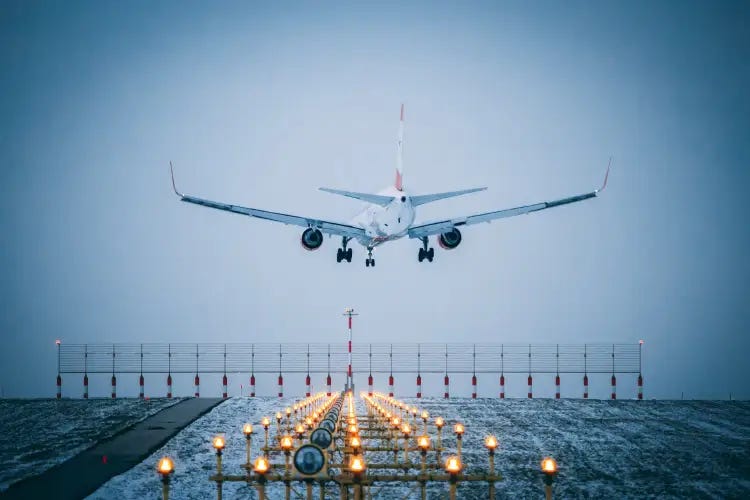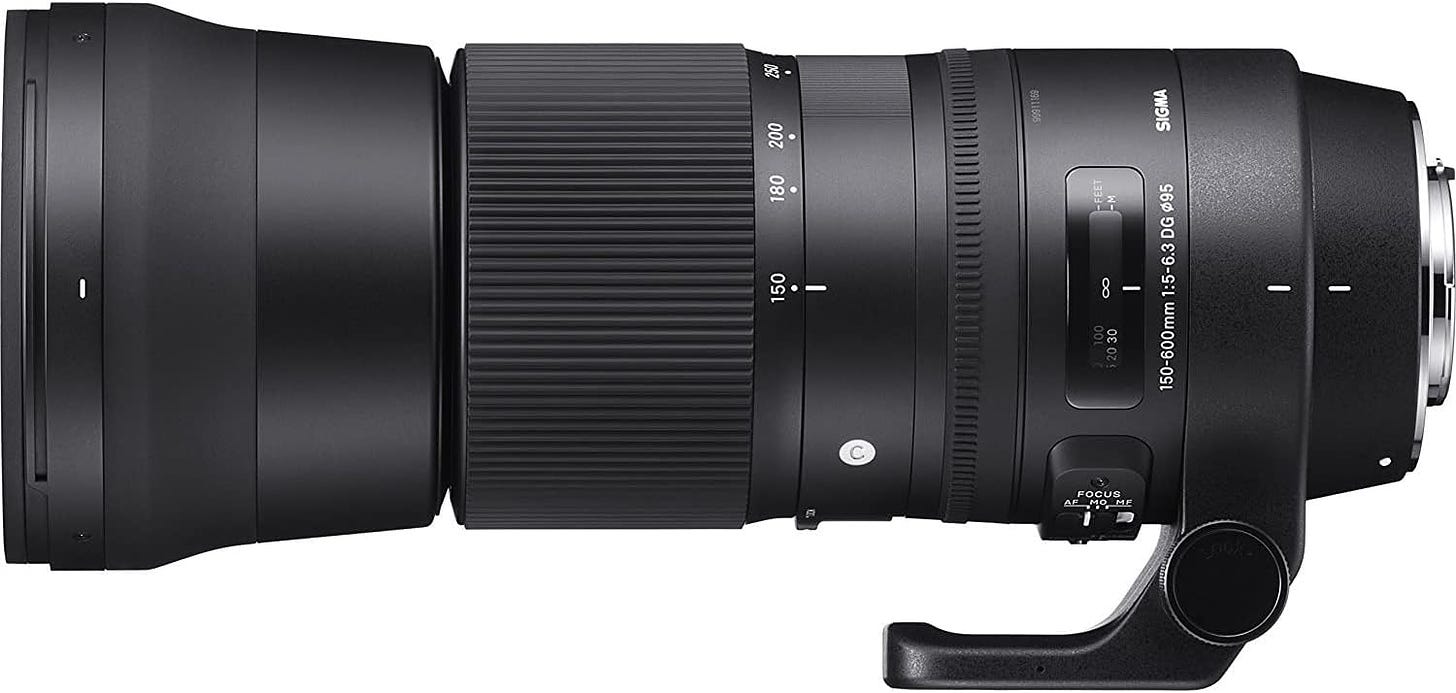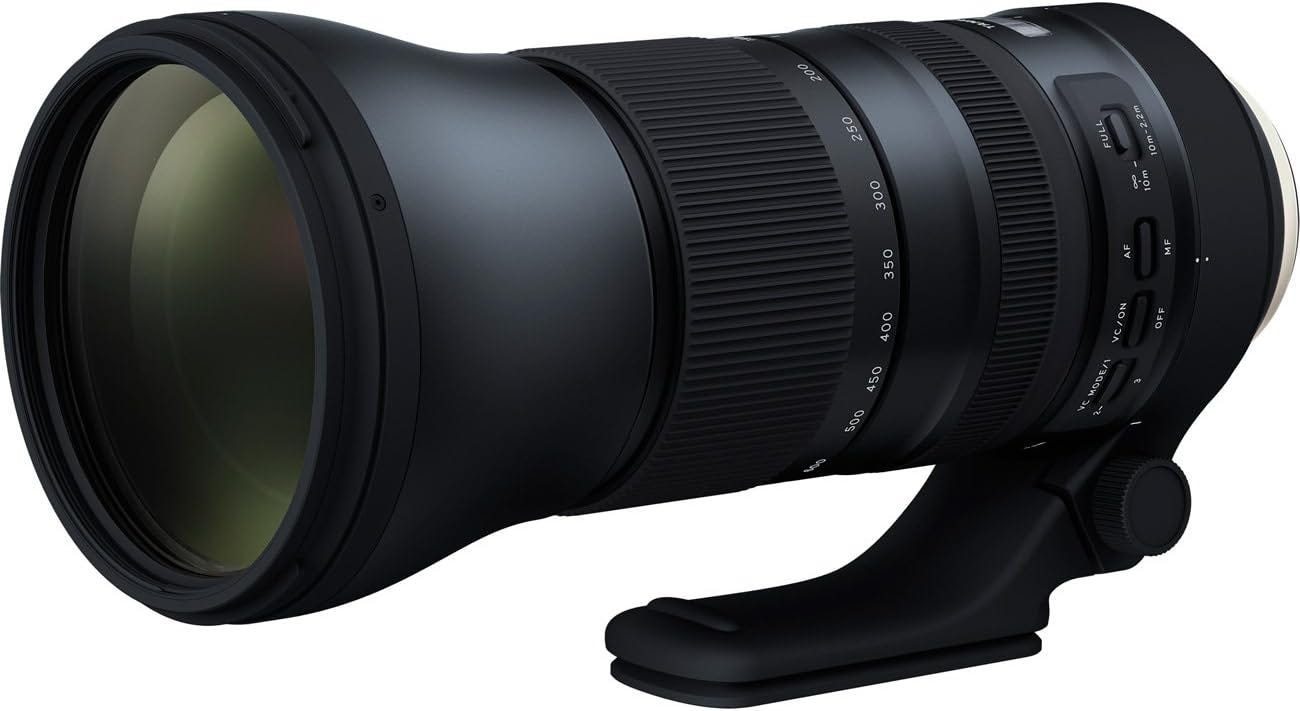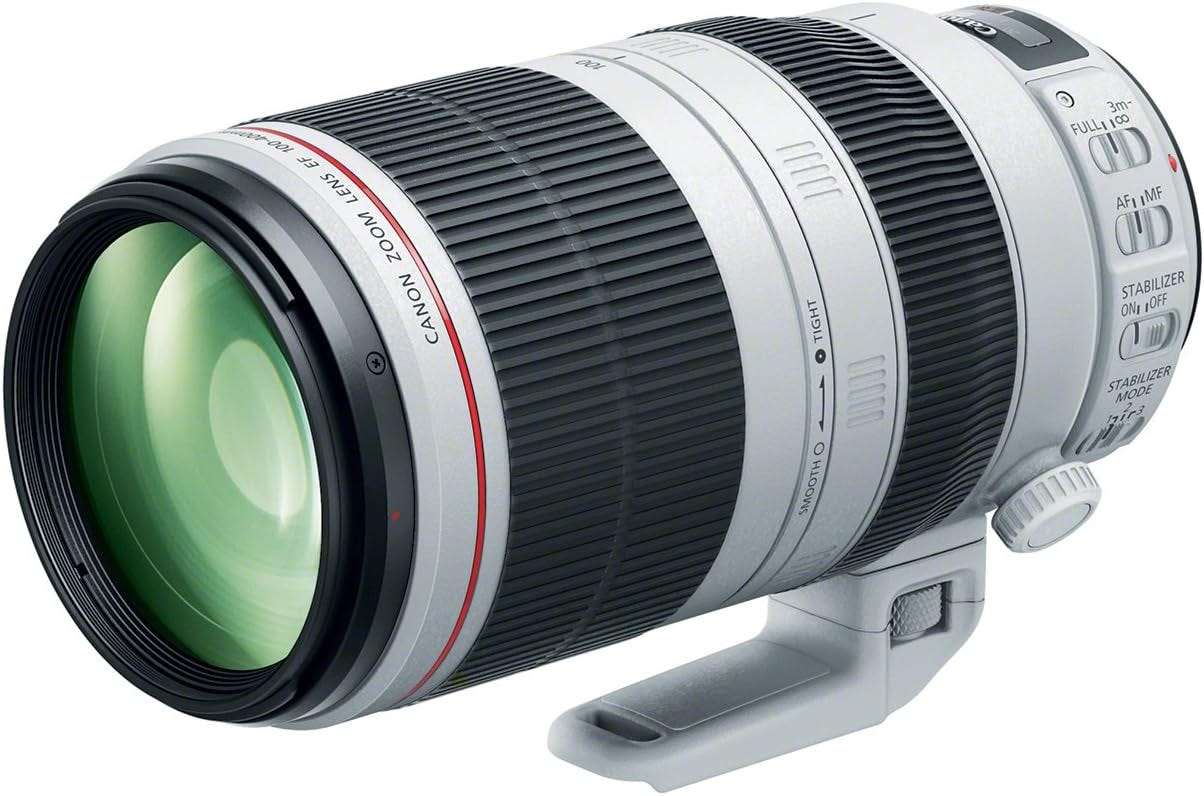If you're passionate about capturing breathtaking images of aircraft in flight or on the ground, having the right lens is fundamental.
In this in-depth review, I'll look at three top-performing lenses that are perfect for plane spotting photography:
For more tips on capturing stunning plane-spotting shots, check out my guide on the best plane-spotting cameras and lens recommendations.
Sigma 150-600mm f/5-6.3 DG OS HSM Contemporary Lens
The Sigma 150-600mm lens has great reviews for its impressive picture quality, robust build, and versatile zoom range, making it a popular choice among aviation and wildlife photographers.
See my nature/wildlife camera guide for more recommendations.
Image Quality
The Sigma 150-600mm lens is praised for being sharp and able to take high-quality pictures.
It takes good sharp pictures when the lens is wide open, especially at 150mm on a full-frame camera.
While the corners may be a bit soft, the overall picture quality remains very good throughout the zoom range.
Design and Build
Designed to be lighter and more affordable than the Sports version, the Contemporary lens still has a solid build quality while being easier to carry.
It has weather-sealing around the lens mount, which provides some protection against the elements.
The lens comes with many accessories, including a soft case, tripod mount, lens hood, and lens caps.
Optical Stabilization
The Sigma 150-600mm Contemporary lens has Optical Stabilization (OS) technology that provides impressive stabilization performance.
The OS system allows for sharp handheld shots at slower shutter speeds, making the lens more versatile in different shooting conditions.
Tamron SP 150-600mm f/5-6.3 Di VC USD G2 Lens
The Tamron SP 150-600mm lens has received praise for its outstanding image quality, build quality, and advanced features, making it a top contender for versatile super-telephoto zoom lenses.
Image Quality
The Tamron 150-600mm G2 lens delivers sharp images with excellent contrast and color rendition, thanks to its improved optical design.
While there may be a slight drop in sharpness at the extreme end of the zoom range, the overall image quality remains impressive, especially within the optimal 500mm range.
Build Quality and Design
Compared to its predecessor, the G2 Tamron 150-600mm lens has significant improvements in build quality, featuring a robust metal exterior for added durability.
The improved tripod mount with an Arca-Swiss style foot makes it easier to use on a tripod.
Check out my tripod/gimbal head tips for wildlife photography.
Autofocus Performance
The autofocus system of the Tamron 150-600mm G2 lens is quick and accurate, ensuring fast and precise focusing even at longer zoom levels.
The addition of a focus limiter switch allows photographers to optimize focus speed based on their shooting needs, making the lens more useful in different situations.
Canon EF 100-400mm f/4.5-5.6L IS II USM Lens
The Canon EF 100-400mm lens has earned a reputation for its exceptional image quality, robust build, and advanced features, making it a top choice for photographers seeking a versatile telephoto zoom lens.
Image Quality
The Canon EF 100-400mm lens is known for its excellent image quality.
It delivers sharp images with great contrast and color rendition.
Its advanced optical design minimizes color fringing and distortions, ensuring high-resolution pictures across the zoom range.
Build Quality and Design
Known for its robust build quality, the Canon EF 100-400mm lens has a durable construction that can withstand tough shooting environments, thanks to its weather-sealed design.
It also features Canon's renowned L-series optics, known for their superior image quality and durability.
Image Stabilization and Autofocus
Equipped with an advanced Image Stabilization (IS) system, the Canon EF 100-400mm lens provides up to four stops of stabilization, allowing for sharp handheld shots at slower shutter speeds.
The fast and accurate Ultrasonic Motor (USM) autofocus system enables quick and precise focusing, ideal for capturing fast-moving subjects or aircraft in low-light conditions. (see my Low-light tips here).
And That’s It
In summary, each of these lenses has its own advantages:
The Sigma 150-600mm provides a wide focal range and reliable optical performance.
The Tamron SP 150-600mm G2 excels in image quality and vibration compensation.
The Canon EF 100-400mm is renowned for its superior image quality, fast autofocus, and robust build.
Whether you choose the Sigma, Tamron, or Canon lens, you can expect exceptional results in capturing aircraft with precision and detail.
For more tips on capturing stunning plane-spotting shots, check out my guide on the best plane-spotting cameras and lens recommendations.
I hope that helps,
Let me know if you have any questions.
Hakan.







